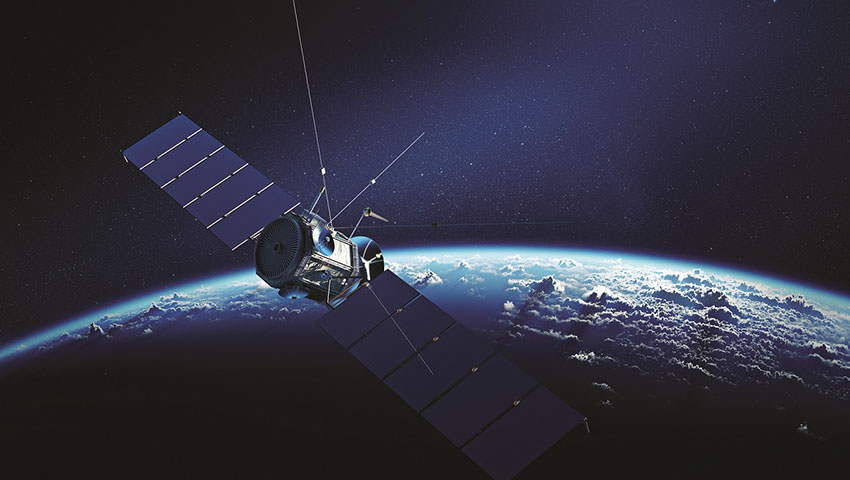Just when that will occur hasn’t been officially announced but a a social media release from the China Manned Space Engineering Office (CMSEO) indicated it could be soon.
Tiangong-2 was launched in September 2016 with the objective of scientific research for China’s crewed space program and to test technologies to be used in China’s large modular space station.
Two astronauts spent 33 days in the lab, conducting a number of experiments. On three occasions Tianzhou-1 robot craft docked to replenish supplies.
Tiangong-2 masses about nine tonnes with a length of 10 metres. That makes it a minnow compared to the 400-tonne International Space Station.
China’s next space station will be substantially larger, massing 60-100 tonnes and comprising a core module and two experiment modules, with capability to host three astronauts for extended missions. It’s expected to be ready around 2022.
As a test vehicle for space station technologies, Tiangong-2 was never intended for long life and its return was foreshadowed by Chinese officials last September.
China plans to do better with de-orbiting Tiangong 2 than it did with its predecessor, the Tiangong-1 space station. That was launched in September 2011 as a science and experimental station.
Among the visitors were China’s first two female astronauts. China announced in early 2016 that the station had fulfilled its purpose and its service had ended.
What China didn’t admit until later was that they lost telemetry and their satellite was out of their control. That was initially spotted by amateur satellite trackers and there was speculation about just when, where and how it would re-enter the atmosphere.
As it turned out, that occurred in April last year and it mostly burned up, with what didn’t burn splashing down into the Pacific mid-way between Australia and the US.
Considering this was a wholly uncontrolled re-entry, that wasn’t all that far (1,900 nautical miles) from the south Pacific satellite cemetery, the uninhabited area where defunct satellites are deliberately crashed. However, that was pure coincidence.

